
China Faces Challenges as Xi Jinping Positions It as Global Stabilizer Amid Trump’s Return
As global anticipation builds for Donald Trump’s return to the White House, China’s President Xi Jinping is seizing the moment to position Beijing as a pillar of stability and predictability on the world stage. With Trump’s promises of aggressive trade policies—such as a 60% tariff on Chinese goods—looming, Xi’s rhetoric underscores China’s commitment to free trade, globalization, and multilateral cooperation.
Speaking on November 15, Xi pledged to safeguard an “interdependent world” amid a “new period of turbulence and change,” signaling Beijing’s readiness to counter Trump’s policies. However, this approach brings both opportunities and unprecedented challenges for China’s economy and its leader.
Trump’s Tariffs: A Double-Edged Sword
The U.S.-China trade war during Trump’s first term (2017–2021) caused significant disruption, but Beijing found ways to benefit. Trump’s withdrawal from the Trans-Pacific Partnership and his tariffs alienated key U.S. allies, providing openings for China to strengthen ties in Asia. Domestically, anti-U.S. rhetoric bolstered Xi’s standing, consolidating his power amid public discontent over external pressures.
Xi appears confident that China can again outmaneuver Trump, leveraging the chaos of an “America First” administration to present itself as a more reliable partner to nations like Japan and South Korea. Yet, the global landscape—and China’s internal dynamics—are more precarious than during Trump’s first presidency.
Domestic Pressures Threaten Xi’s Ambitions
China’s economic challenges have grown considerably. The country is grappling with a real estate crisis, deflationary pressures, and a ballooning debt burden, particularly among local government financing vehicles (LGFVs), whose debt reached 60.2 trillion yuan ($8.3 trillion) at the end of 2023. This figure is projected to swell to 92.4 trillion yuan by 2029, according to the International Monetary Fund.
The property sector, once a driver of China’s growth, has become a liability, with unfinished developments and debt-ridden firms like Country Garden dominating headlines. Local governments, incentivized to boost GDP through debt-fueled infrastructure projects, exacerbate this boom-bust cycle.
Youth unemployment remains near record highs, and an aging population threatens long-term economic stability. Meanwhile, censorship stifles innovation, complicating China’s ambition to lead in advanced technologies like semiconductors and artificial intelligence.
Global Transparency Concerns
China’s growing opacity under Xi further complicates the global economic outlook. Unlike the relatively transparent U.S. system during the 2008 financial crisis, China’s lack of data accessibility makes it difficult for investors and economists to assess risks accurately. Should a crisis emerge, its global repercussions could be swift and severe.
What Lies Ahead?
Xi’s vision of China as a global stabilizer requires significant domestic reforms. Boosting household consumption, creating robust social safety nets, and curbing state-owned enterprise inefficiencies are essential steps. Yet, these reforms clash with the entrenched interests and governance structures that have long defined China’s growth model.
As Trump’s return promises renewed protectionism, Xi’s challenge lies not just in countering external threats but in addressing the systemic vulnerabilities undermining China’s ascent as a reliable global leader. While Xi’s rhetoric of stability resonates on the global stage, the reality at home may ultimately determine whether China can rise to meet its ambitions—or falter under the weight of its challenges.
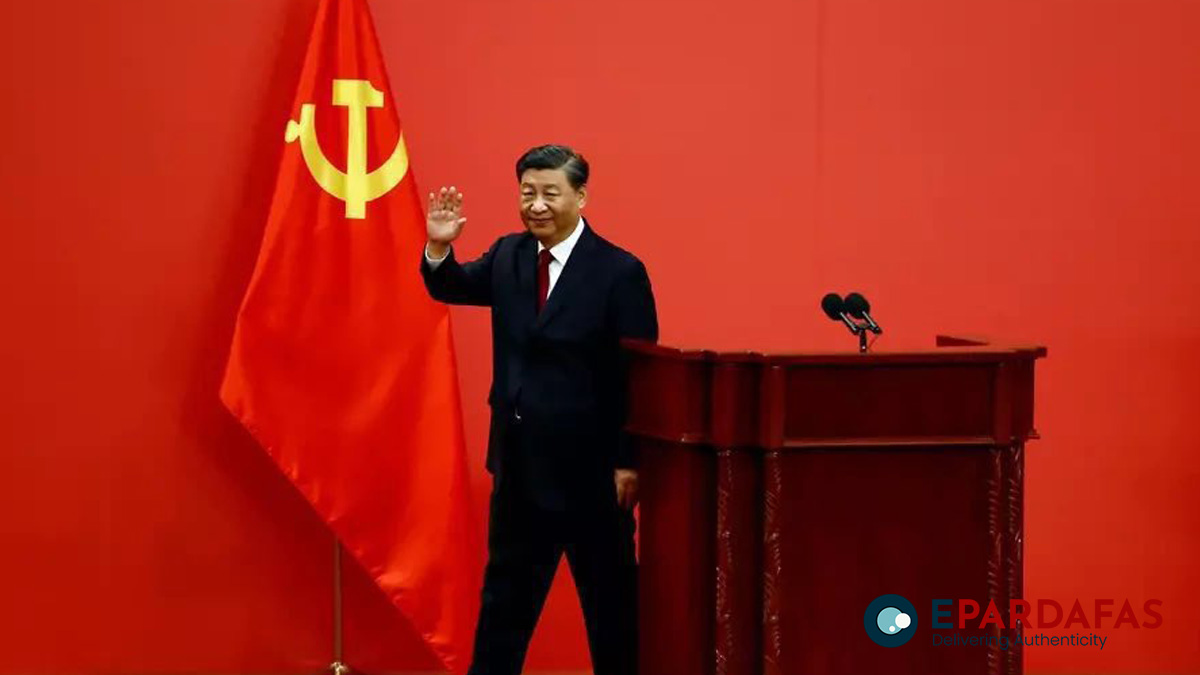
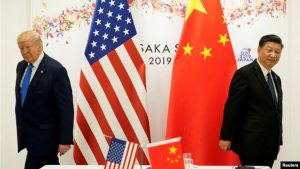

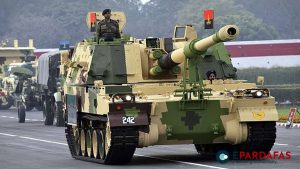


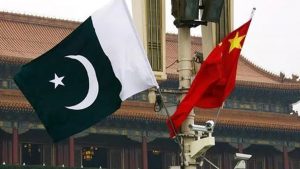
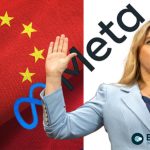


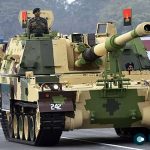
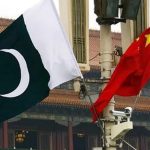

Comments